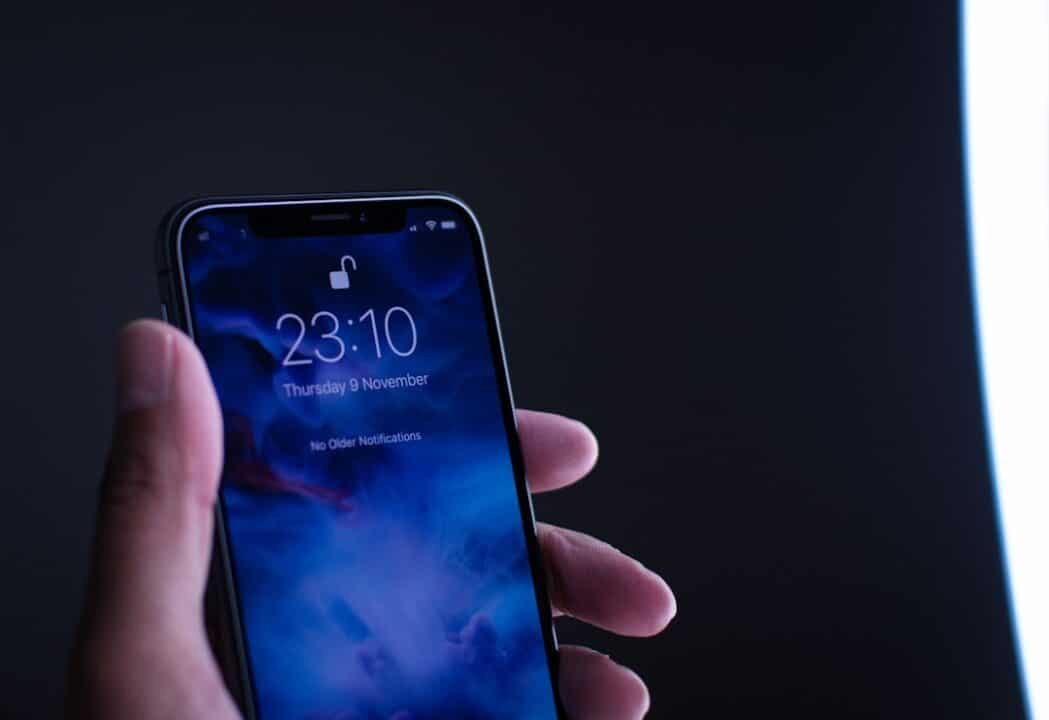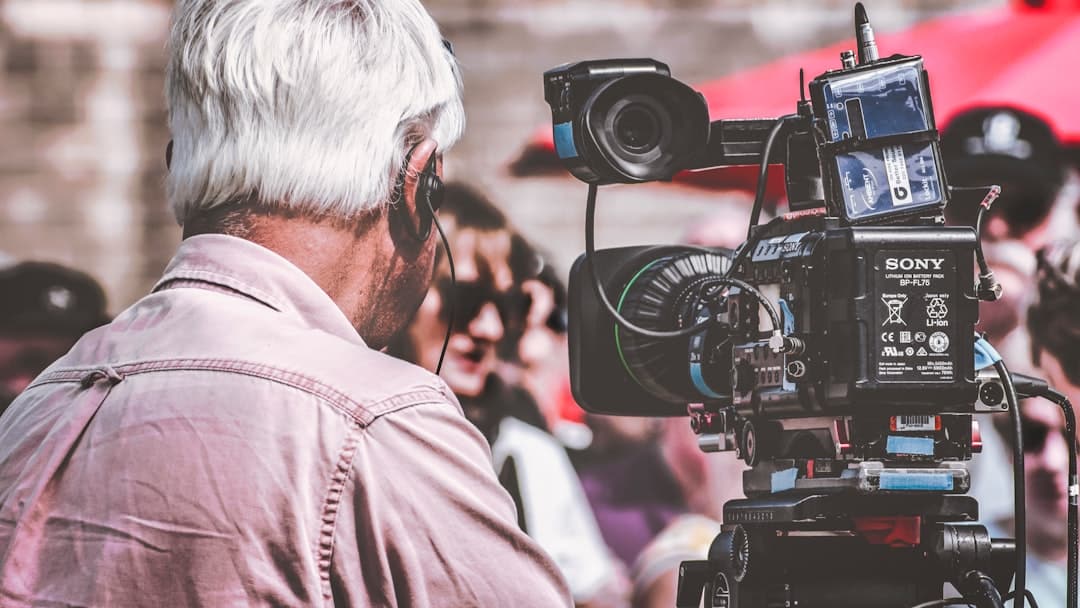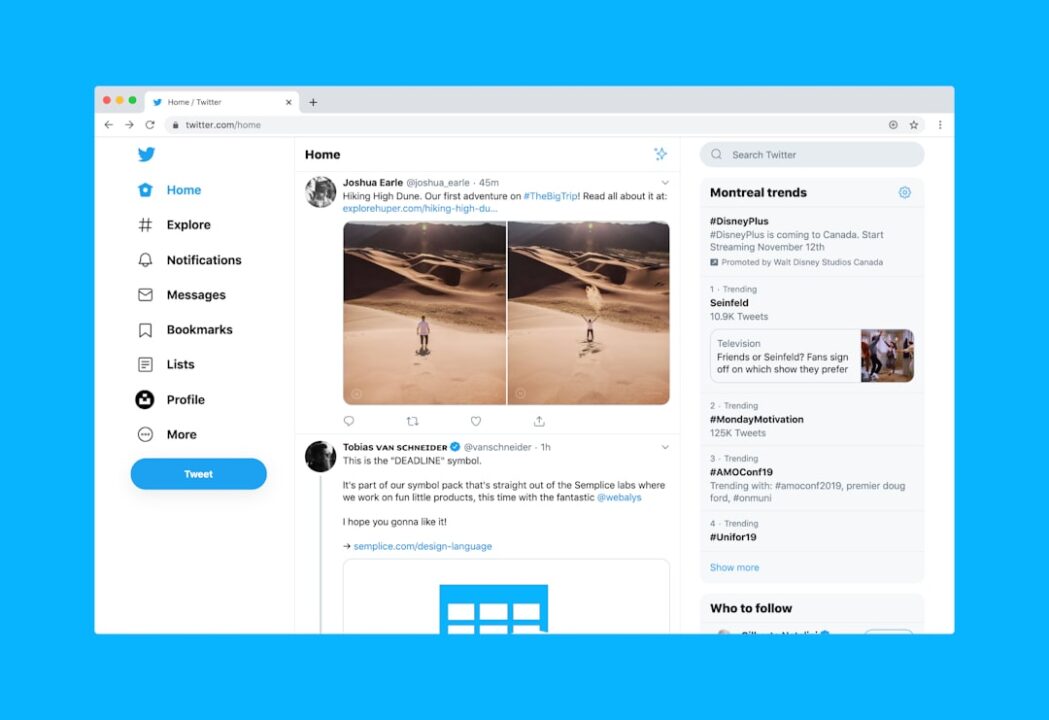|
IN SHORT
|
Screen capture is a practical and widely used tool in our digital daily lives, whether to share information, preserve memories or illustrate an idea. Yet many of us make mistakes that can alter the quality and impact of those images. In this article, we’ll help you identify these common mistakes and learn best practices for effectively conveying your screenshots. Prepare to improve your visual communication skills and avoid common pitfalls that could undermine your message.
Taking a screenshot is a simple gesture that every computer user has mastered. However, it is possible that you are making one or more mistakes without even knowing it. This article reveals common pitfalls and guides you to efficiently and smoothly transmit your screenshots. Adopt good practices to avoid quality, format or security problems!
Common mistakes when capturing screenshots
The choice of image format
One of the most common mistakes is the wrong choice of image format. Too often, users save their screenshots as JPEG while they should favor the format PNG. PNG is lossless, which preserves image quality. JPEG, on the other hand, compresses the image, which can alter important details, especially text.
Image resolution
Another mistake is not paying attention to the image resolution. Using too low a resolution can make the screenshot blurry and unreadable, while too high a resolution can result in unnecessary files that are too large. Always adjust the resolution so that it is sufficient to read details without excessively increasing the file size.
Partial versus full screenshot
It is crucial to decide whether a partial or full screenshot is necessary. Too often, users take full screenshots of their screen, including irrelevant elements like the toolbar or notifications, and neglect focused captures. Target only the part of the screen that is relevant to your communication.
How to correctly transmit a screenshot?
Choosing the Right Screenshot Tool
Using the right screenshot tool is essential. There are various tools perfectly suited for effective screenshot captures, e.g. Snipping Tool on Windows or Command-Shift-4
Use annotations to clarify information
Add annotations to your screenshots can be extremely useful. Highlight important text, add arrows to draw attention to specific areas, and include explanatory notes to contextualize the information. These annotations make your message more understandable and actionable.
Minimize file size
Large files can be problematic, especially when sending by email. Use image compression tools or save your screenshots in formats that offer a good compromise between quality and size, such as PNG.
Secure sensitive screenshots
When dealing with sensitive data, security is paramount. Make sure your screenshots do not include personal or confidential information. Use tools to blur or hide this data.
Best practices for mobile screenshots
Use native shortcuts
On mobile, native shortcuts like Power + Volume Down on Android or Power + Home
Annotate directly on mobile
Many mobile applications allow you to annotate screenshots directly. Use apps like Markup on iPhone or Screenshot Utility on Android to add additional explanations quickly.
Share via secure messaging apps
When sharing sensitive screenshots via messaging apps, prefer apps that provide enhanced security such as Signal or WhatsApp. This helps protect your information from unwanted interception.
| Common error | Recommended solution |
| Take a blurry screenshot | Use high resolution for clarity. |
| Include unnecessary elements | Edit to keep only essential information. |
| Do not annotate the capture | Add arrows or boxes to clarify. |
| Capture an irrelevant part of the screen | Frame only the necessary section. |
| Send to wrong file format | Prefer PNG or JPG for compatibility. |
| Forgetting to include important information | Verify data before sharing. |
- Common error: Capture the entire screen without context
- Solution : Use the selected capture tool to show what is relevant
- Common error: Ignore interface elements
- Solution : Include important elements to facilitate understanding
- Common error: Share only the image without explanation
- Solution : Add annotations or a brief explanatory message
- Common error: Forgetting to check image quality
- Solution : Make sure the capture is clear and readable
- Common error: Not respecting user privacy
- Solution : Blur sensitive information before sharing
Mistakes to Avoid When Submitting Screenshots
Avoid sending by email as an attached file
Sending screenshots by email as an attachment is common, but it’s not always the best method. Emails may be intercepted or files may be too large for some inboxes. Favor sharing tools such as Google Drive or Dropbox.
Do not compress without checking quality
Compressing screenshots without checking the quality can lead to significant loss of detail. Always check the image after compression to ensure that no crucial information has been lost.
Send without checking sensitive information
Before sharing a screenshot, make sure it doesn’t contain sensitive or personal information. Use software to blur or hide these elements if necessary.
Improve the effectiveness of your screenshots
Use the collage tools
Pasting tools like Microsoft Paint Or GIMP allow you to combine multiple screenshots into a single image, which can be useful for showing a process or comparing information.
Automate regular captures
If you need to take screenshots regularly, use automation software like Greenshot Or Screenshot. These tools can schedule screenshots at regular intervals, saving you time.
Organize and store efficiently
Organize your screenshots by grouping them into clearly named folders and using descriptive file names. This makes it easier to find and quickly access future screenshots.
Common Mistakes When Using Screenshots in Presentations
Use blurry or low quality captures
When inserting screenshots into presentations, it is crucial to use high-quality images. Blurry or low-resolution screenshots can make your message difficult to understand. Make sure your images are sharp and readable.
Do not adapt the size of the image
Improperly resizing screenshots to insert them into presentations can distort the image and make the information difficult to read. Use professional resizing tools to maintain proportions and clarity.
Screenshots in a professional environment
Respect privacy policies
In a business environment, it is essential to respect privacy policies and ensure that any shared screenshots do not violate internal company policies. Blur or hide sensitive information before sending it.
Use collaborative tools
For frequent professional sharing, use collaborative tools like Slack Or Trello which allow you to centralize and secure the sharing of your screenshots. Also check out How to Recover Cryptocurrencies Sent to the Wrong Network Address to get an idea of the tools and solutions available.
Screenshots and information security
Avoid scams and phishing
Integrated security tools
Use tools that incorporate security measures like cryptography where the access controls for your screenshots. If you work in an environment requiring high security, explore the advanced security solutions available.
Frequently Asked Questions
A screenshot is an image that represents everything displayed on your device’s screen at any given moment.
Incorrect transmission can cause communication errors and make information difficult to understand.
Mistakes include sending files that are too large, inappropriate file formats, or neglecting to hide sensitive information.
The most commonly used formats are PNG and JPEG. The choice depends on the desired quality and file size.
Make sure the resolution is adequate and the text is large enough to read easily.
Yes, several online tools and software allow you to annotate, crop or adjust screenshots before sending them.





